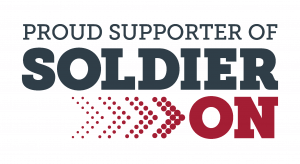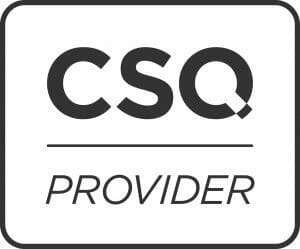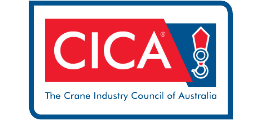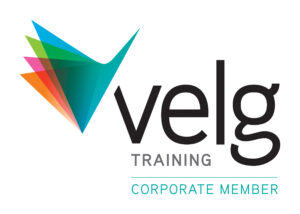A telehandler is a versatile piece of equipment that can be fitted with a wide range of different attachments. They are commonly used with a fork attachment but can also be fitted with buckets, crane jibs and work platforms.
Because a telehandler can be used with so many different attachment combinations, there is often a lot of confusion about what type of training or licensing is required.
What does SafeWork say?
Many individual state and territory WHS regulations state that to use a telehandler, an operator must be able to provide proof that they have trained in the safe use of the equipment.
There needs to be documented evidence of competency, which is why the Gold Card training program was implemented with support and guidance from the Telescopic Handler Association.
However, there are additional licences that may be required if you are going to fit certain attachments to your telehandler. The Gold Card itself is not a High Risk Work licence – it’s simply the proof that you have successfully completed a recognised industry training program.
This is why WHS regulations recommend a Gold Card regardless of the attachments or processes you’ll be carrying out with your telehandler. However, sometimes you may need an additional high risk work licence too.
Extra licensing requirements for telehandlers
Whilst the Gold Card provides the skills and knowledge needed to operate a telescopic handler under most circumstances, there are several situations where an additional licence is required to address the extra risk of particular movements, attachments or work processes.
Using a 3T+ telehandler fitted with a crane jib attachment
Safety regulators in each state have generally agreed that a telehandler is classified as a non-slewing mobile crane when it has a lifting capacity of more than 3 tonnes and is fitted with a crane jib lifting attachment.
To operate a telehandler in this configuration, you must hold a High Risk Work Licence (CN Class) or above.
Using any telehandler with slewing capability
To complicate things, telehandlers that are capable of slewing motions add an additional layer of risk.
If you are operating a telehandler with a slewing capability, you must hold a High Risk Work Licence (C2 class) or above – regardless of the lifting capacity or attachment.
Using a telehandler fitted with a work platform attachment
If the telehandler has a work platform attachment and a boom length exceeding 11m, then the operator must also hold a WP class HRW licence.
What attachments can I use with my Gold Card (and no extra HRW licence)?
Gold Card training will help you learn how to safely manage hazards, inspect your equipment and attachments, shift loads, travel through obstacles and safely park and secure a telehandler.
As part of the Gold Card training, you’ll learn 4 different telehandler attachment training modules, including:
- Forks (F)
- Earthmoving bucket (B)
- Other (for any other type of O attachment such as bale grabs)
- Crane Jib (J) – remember, you only need the additional HRW licence mentioned above for telehandlers over 3T
A forklift licence doesn’t mean you can operate a telehandler with forks
Although a forklift attachment and a forklift can perform similar actions, forklifts and telehandlers have very different operating capabilities, limitations and characteristics. This is why a forklift licence doesn’t equip you with the necessary skills to operate a telehandler.
Boom angles, boom extension, load weight and the effect of longitudinal and lateral slopes are concepts that most likely won’t be familiar to forklift operators, which is why specific telehandler training is required.
Find out more
For more information take a look at the licensing requirements matrix on the TSHA website or call our friendly team for advice and support.
You can also take a look at our nationally accredited RIIHAN309F Conduct telescopic materials handler operations course.




